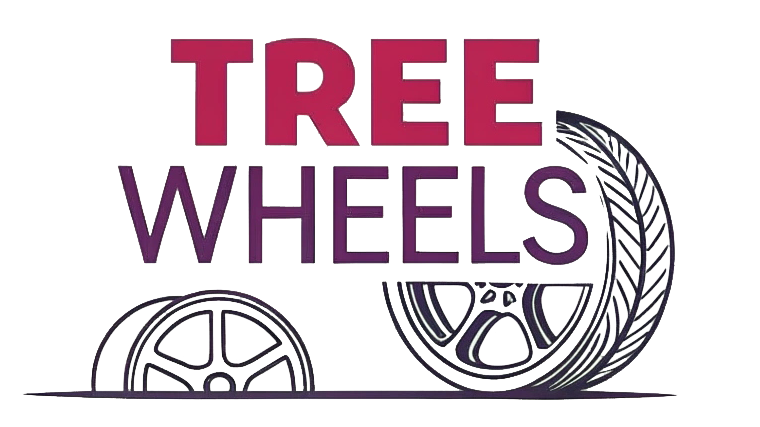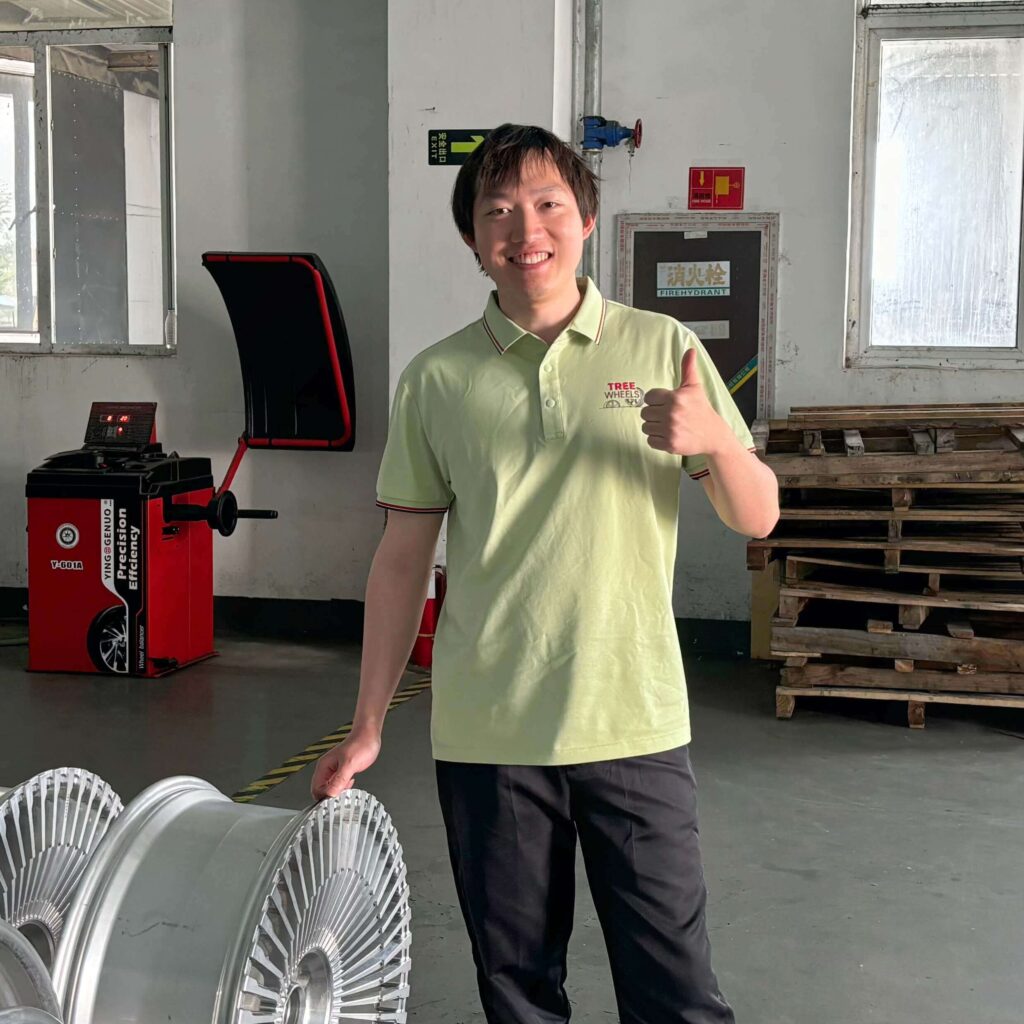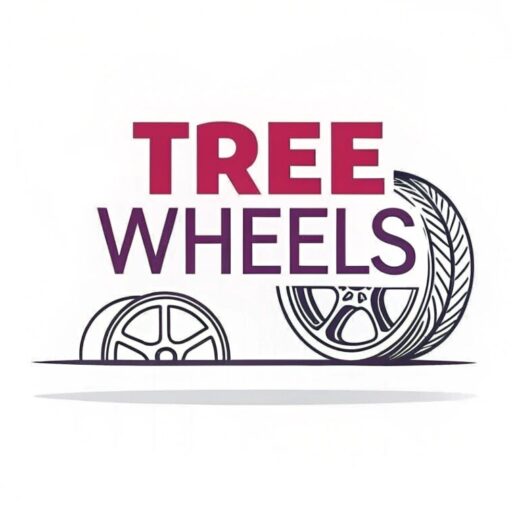I struggled to understand wheel offset and backspacing when upgrading my car's wheels. It’s confusing, right? Let’s simplify it and solve this problem together.
Wheel offset and backspacing determine how wheels fit your car. Offset is the distance from the wheel’s centerline to its mounting surface. Backspacing measures from the inner edge to the mounting surface.

I love customizing cars, but measurements tripped me up. Stick with me to learn how to measure wheel offset and backspacing like a pro.
How to Calculate Wheel Offset and Backspacing?
Choosing wheels felt overwhelming with all the numbers. Ever felt lost in specs? Calculating offset and backspacing clears the confusion.
To calculate offset, measure the wheel’s width, find its centerline, and subtract the mounting surface distance from it. Backspacing is the distance from the wheel’s inner edge to the mounting surface.

Why Calculations Matter
Understanding these numbers ensures your wheels fit perfectly. I learned this the hard way when my first set rubbed against the fender. Offset affects alignment, while backspacing impacts clearance.
Step-by-Step Process
First, measure the wheel’s total width with a ruler. Divide by two to find the centerline. Then, measure from the mounting surface to the centerline for offset. For backspacing, measure from the inner edge to the mounting surface. Simple tools like a straight edge and tape measure work.
Common Mistakes to Avoid
Don’t guess measurements. I once skipped precise tools, and my wheels didn’t fit. Use a flat surface and double-check. Also, account for positive or negative offset to avoid errors.
| Measurement | Tool Needed | Key Tip |
|---|---|---|
| Offset | Tape Measure | Check centerline twice |
| Backspacing | Straight Edge | Measure inner edge carefully |
These steps saved me time and money. Knowing calculations helps you shop smarter at Tree Wheels for custom forged wheels.
What is 4.5 Backspacing on Wheels?
I scratched my head over “4.5 backspacing” on a wheel spec sheet. Sound familiar? Let’s break it down clearly.
A 4.5-inch backspacing means the distance from the wheel’s inner edge to its mounting surface is 4.5 inches. It affects how deep the wheel sits in the wheel well.
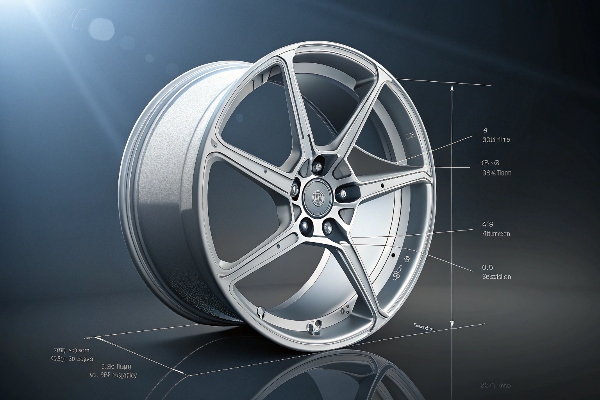
Why Backspacing Matters
Backspacing determines clearance for brakes and suspension. I once chose wheels with wrong backspacing, causing rubbing. A 4.5-inch backspacing suits many sedans but varies by car.
How It Affects Fitment
Smaller backspacing pushes wheels outward, while larger values tuck them in. For my car, 4.5 inches was perfect for a flush look without scraping. Always check your vehicle’s specs.
Comparing Backspacing Values
| Backspacing | Fitment | Best For |
|---|---|---|
| 4.0 inches | Aggressive | Lowered cars |
| 4.5 inches | Balanced | Sedans, SUVs |
| 5.0 inches | Conservative | Trucks |
Test-fitting wheels saved me from costly mistakes. Tree Wheels’ customization options make finding the right backspacing easy for any vehicle.
How to Manually Measure Wheel Offset?
Measuring offset myself seemed daunting at first. Ever tried it? Let’s make it simple with a hands-on approach.
To manually measure offset, remove the wheel, measure its width, find the centerline, and subtract the mounting surface distance. Use a tape measure and straight edge.
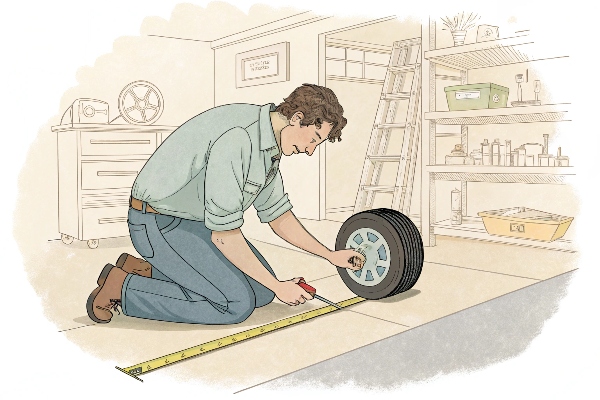
Tools You Need
You only need a tape measure, straight edge, and flat surface. I used a ruler from my toolbox. No fancy equipment required, which surprised me.
Step-by-Step Guide
Lay the wheel face-down. Measure its width and divide by two for the centerline. Place a straight edge across the mounting surface and measure to the centerline. Subtract to find offset. I practiced on old wheels first.
Avoiding Errors
Ensure the wheel is flat. I once measured on an uneven floor, skewing results. Double-check measurements and note if the offset is positive or negative.
| Step | Action | Tip |
|---|---|---|
| 1 | Measure width | Use a tape measure |
| 2 | Find centerline | Divide width by 2 |
| 3 | Measure to mounting surface | Keep straight edge flat |
Manual measuring builds confidence. Tree Wheels’ design support can confirm your measurements for perfect custom wheels.
What Does +35 Offset Mean on Rims?
A “+35 offset” confused me when shopping for rims. Ever seen this spec? Let’s decode it together.
A +35 offset means the wheel’s mounting surface is 35mm outward from its centerline. Positive offset tucks wheels inward, common for front-wheel-drive cars.

Understanding Offset Values
Offset controls wheel positioning. A +35 offset worked for my sedan, keeping wheels flush. Negative offsets push wheels out, often for trucks. I learned this browsing Tree Wheels’ catalog.
Impact on Performance
Positive offsets like +35 improve handling for daily drivers. I noticed better stability after upgrading. However, wrong offsets can strain suspension or cause rubbing.
Choosing the Right Offset
| Offset | Position | Best For |
|---|---|---|
| +35mm | Tucked in | Sedans, compacts |
| 0mm | Centered | Performance cars |
| -10mm | Pushed out | Trucks, stance builds |
Check your car’s manual or consult a shop. Tree Wheels offers tailored offset options for any style or vehicle.
Conclusion
Wheel offset and backspacing ensure perfect fitment. Measure carefully or visit a shop. Trust Tree Wheels for high-end customized forged wheels built with sincerity.
